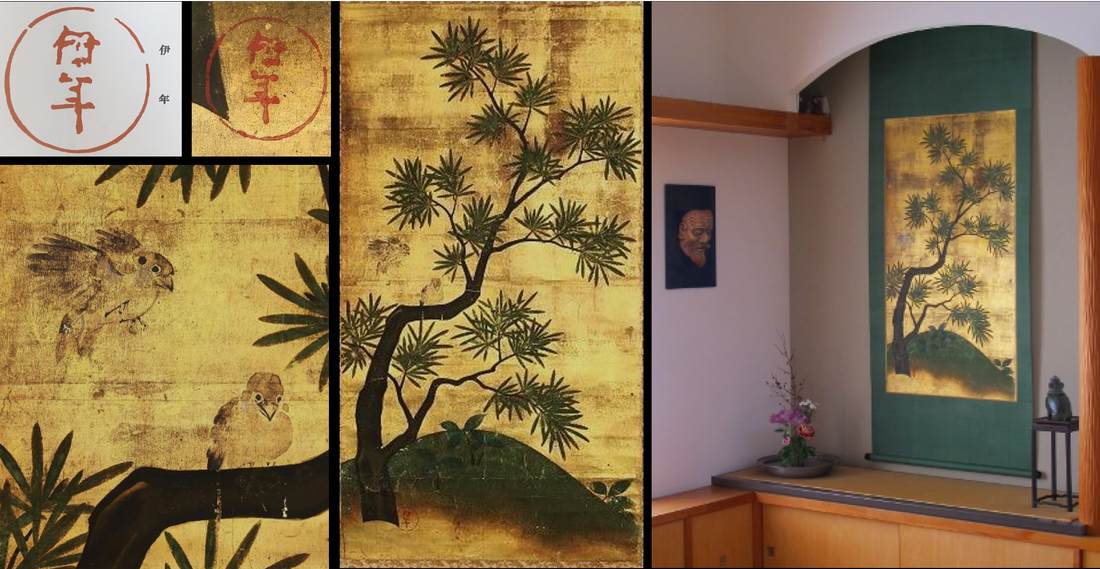Sōtatsu is considered the forefather of the Rinpa school. This art institution in Kyoto, which has been officially recognized since 1615, brought a breath of fresh air to the cultural landscape. Since the imperial family had lost political and economic power since the beginning of the 17th century, many artists who were dependent on the imperial family experienced financial difficulties. As a result, a significant group of artists and artisans left the court and founded something like an artists' colony in the southwest of Kyoto.
Since art in Japan was very much influenced by the social environment, these artists brought with them the decorative old yamato-e style, which was almost exclusively cultivated by the court, and breathed new life into it. They invented new motifs (or at least new motif treatments) and several new techniques.
This new style was soon considered extravagant and was also eagerly studied by the Kanō school, which was actually the placeholder of art for the potentates of the shogun world and the great temples.
This large-format picture has many characteristics of the Rinpa school. These include the gold background - as in this scroll painting, which probably originally came from a sliding door. The motif of the yew tree is new, it was probably invented by Sōtatsu himself. The main characteristic of the cultivation of the linear with a carefree renunciation of realism in the Rinpa school is also very pronounced in this picture.
The two little sparrows are enchanting and stylistically reminiscent of the Kanō school; they enliven the image of the decorative tree, which appears almost sacred due to its gold background, in a refreshing way.
The picture is not signed, but has the so-called I'nen stamp, with which Sōtatsu signed many pictures without signing them.
Dimensions: 72cm x 193cm | Material: silk with gold background

